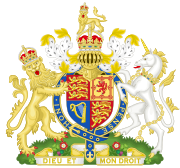Boddington_v_British_Transport_Police
Boddington v British Transport Police [1998] UKHL 13 is an important case in English administrative law which established the possibility of a "collateral challenge" to an allegedly unlawful administrative action.
This article relies largely or entirely on a single source. (September 2017) |
